Disclaimer: This blog post contains affiliate links. If you make a purchase through these links, I may earn a small commission at no additional cost to you. Learn More. Thank you for supporting our garden community.
9 Warm-Season Vegetables to Grow in Containers
Growing vegetables in containers is a great way to produce fresh food, even in small spaces. Whether you have a balcony, patio, or limited garden space, container gardening allows you to grow a wide variety of vegetables successfully. The key is choosing the right vegetables, containers, and care methods. Here’s everything you need to know about the best vegetables to grow in containers.
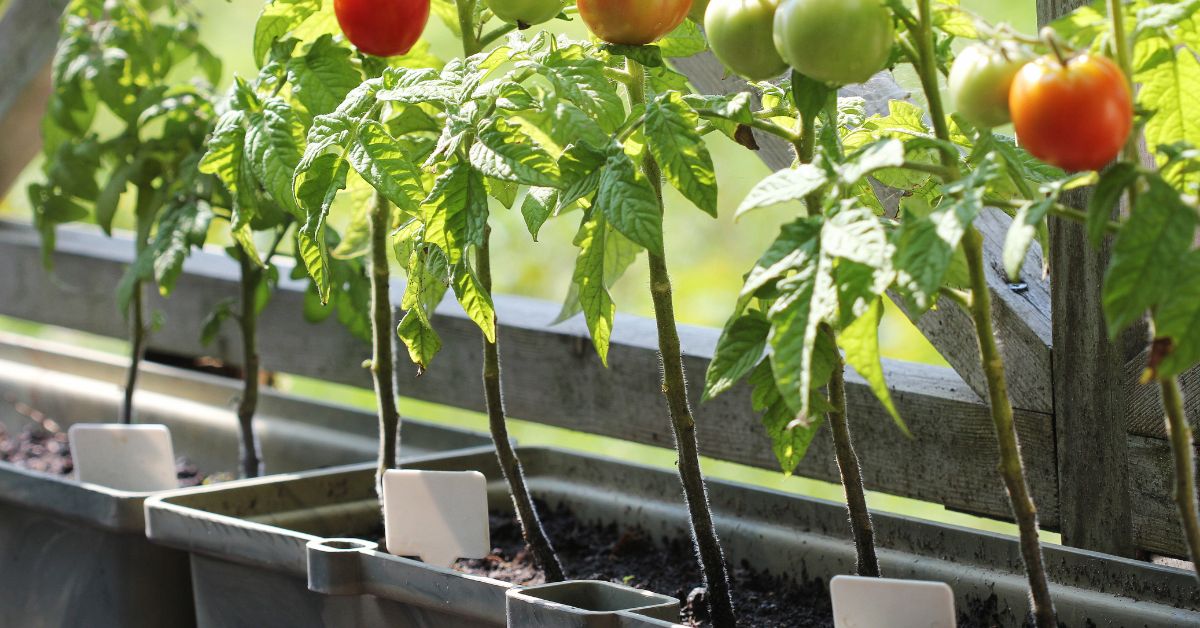
Best Vegetables to Grow in Containers
Even though I have many raised beds and in-ground beds, I still use containers to grow vegetables in my backyard.
You don’t have to be a patio or balcony gardener to grow vegetables in containers.
And we all know the basic plants that everybody tells you to grow in containers. Lettuce, carrots, radishes, whatever other boring crops they say.
While those can and should be grown in containers, that’s not what you came for. I will cover the real crops that you thought you couldn’t grow in containers.
That being said, let’s get into the 9 best long-season vegetables to grow in containers for a huge harvest.
Products:
To buy high-quality garden seeds, check out Burpee.
For a wide selection of perennial garden plants, check out Nature Hills Nursery.
For gardening equipment, check out Bootstrap Farmer.
Why Grow Vegetables in Containers
Like I said, even I use containers to grow vegetables in my backyard, so there are many reasons why I would do it.
- Saves Space: Containers come in many different sizes, which means they can fit anywhere. If you have a balcony, patio, or some small gaps that you want to fill in your backyard (like me).
- Better Soil Control: Unlike in-ground gardens, you can control what soil goes into your containers. This means you can tailor it to each vegetable that you are growing. But it also means that there is less chance for soil-borne diseases to spread to your plants, simply because the soil is being replaced every year.
- Pest and Disease Reduction: Containers keep plants off of the ground, meaning it will be harder for pests and diseases to get to them. Slugs, snails, powdery mildew, and more need to come into contact with your plants to infect them.
- Easy Maintenance: Generally speaking, with container gardening, the maintenance tasks are easier. There are less weeds, less pests, and the placement of the containers is flexible.
These are the reasons why I absolutely love container gardening, even though I have raised beds and in-ground beds.
Essential Tips for Container Gardening
Growing vegetables in containers is a little bit different than other methods, so here are some tips.
Choose the Right Soil
One of the biggest mistakes beginner gardeners make with container gardening is choosing the wrong soil. Some people try using their regular garden soil in containers.
The problem with this is that regular garden soil is typically very clay-heavy. This means that when you put it in your containers, it will become mud when you water, and concrete when it dries out.
Obviously this is a problem for your container vegetables because they won’t get any oxygen to their roots.
To avoid this, we need to create a specific potting mix for containers. This involves reducing the amount of clay, adding water-retaining ingredients, and allowing for good drainage.
I don’t like to start completely from scratch, so you can use some of your original garden soil. Add about 30-40% compost by volume to your soil. Then add some perlite; perlite is one of my favourite container amendments.
Perlite helps with drainage and to break up clay. Another thing that you should add is coco coir, which helps to hold onto moisture.
Using the Right Container
Firstly, size matters with containers. I will get more into it with the list of vegetables, but every variety needs a different amount of root space.
Some do well in 5 gallons, some in 7, and some in 10.
The depth of the container matters as well. Some vegetables have very long taproots, so they need a deep container, like 5 gallon buckets.
But some vegetables have very shallow roots, like lettuce, so they can grow in shallow containers.
Additionally, the type of container is important. Plastic containers are cheap and available, but they can overheat in the sun.
Clay or terracotta pots provide great drainage, but they may dry out too quickly because of that.
Grow bags are great in my opinion, even though they dry out quickly. Because they are so breathable, they allow the roots to air prune, meaning it’s harder for them to rot.
Watering and Drainage
Again, containers hold onto less water than raised beds and in-ground beds. This is because there’s less soil and more drainage out of the bottom.
This is why we need to add the water-retaining ingredients in the soil. Compost and coco coir both hold onto moisture.
However, even with these things, water will still drain out of the bottom like crazy. So we just need to water out container vegetables more often. Sometimes multiple times a day in the summer.
9 Best Vegetables to Grow in Containers
Now we’re getting into the list of the 9 best long-season vegetables to grow in containers!
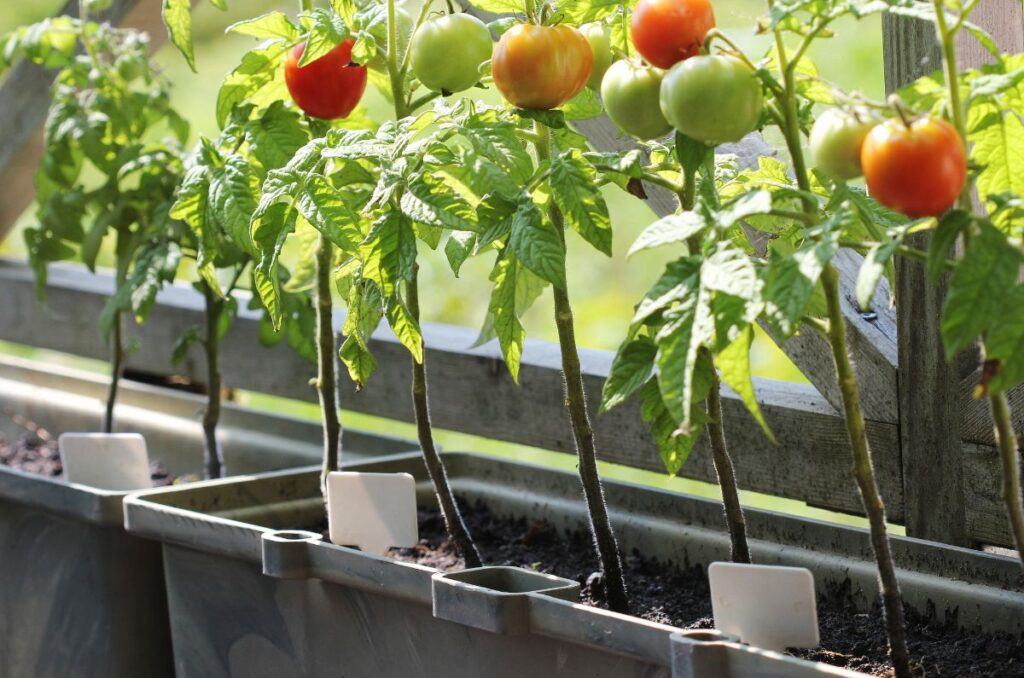
1. Tomatoes
Tomatoes are a great plant to grow in containers. I grow them mostly in 5 gallon buckets, but grow bags are great as well!
They have very long roots, so a deeper container is better for these plants. They also need a lot of water so make sure to keep the soil consistently moist.
I like growing both determinate and indeterminate tomatoes in containers; yes even indeterminates are possible. But my favourite varieties are San Marzano and Sweetheart of the Patio.
The key is to give them lots of soil, lots of water, lots of fertilizer, lots of mulch, and you guessed it, a trellis.
If you have many tomato containers in a row, you can set up a simple Florida weave. But for me, I just put a strong stick in the pot before they get too large.
For tomato fertilizer, I like to use bone meal in the containers at the beginning of the season. After that, I like to use a liquid organic fertilizer like fish emulsion. You can apply it every time you water.
Check out my full article on how to grow tomatoes for more info.
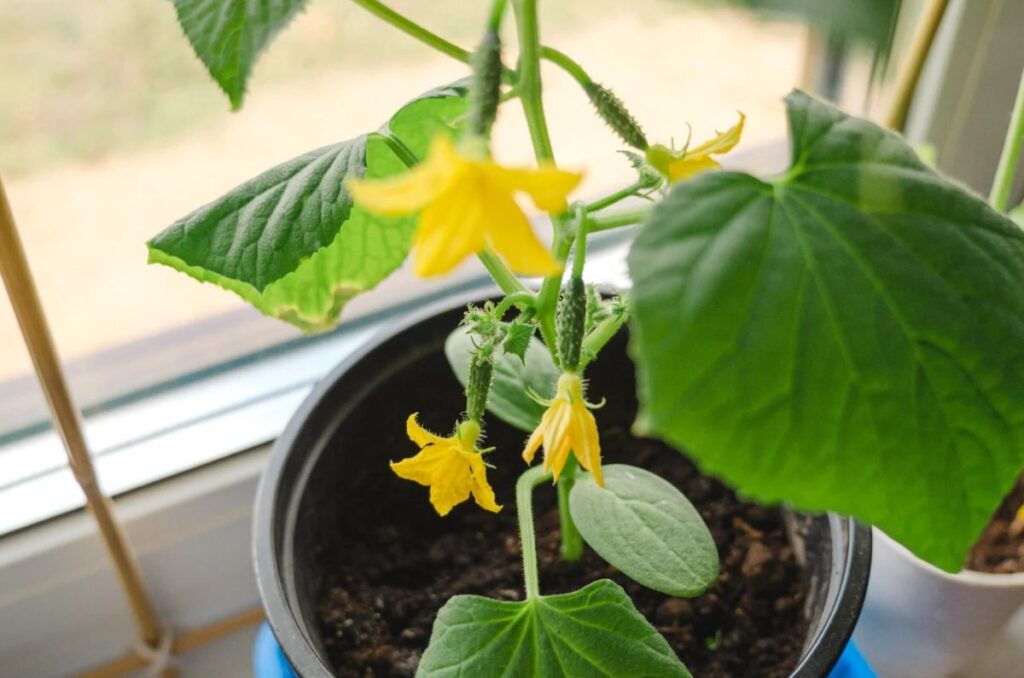
2. Cucumbers
Cucumbers are very demanding with their care requirements, but they are still a great crop to grow in containers.
They need lots of water, organic matter, and fertilizer to produce well, so make sure you give it to them. Add plenty of compost and organic fertilizer to the soil.
In my experience, vining cucumber varieties don’t do too well in containers. Instead, grow bush varieties like Spacemaster and Bush Champion. These grow lower and more like a bush, making them better suited for containers.
You’ll still have to give them some support, like a stake or trellis. This will support the weight of the fruits and help them to produce larger yields.
When it gets hot, the cucumber leaves will wilt. Many people make the mistake of watering right when they see the leaves wilting. But we shouldn’t do this.
Instead, wait until the sun passes and see if the leaves prop back up. If they do, then great! If they don’t then you need to water the plants.
Wilting is a natural response when the plants overheat, so don’t freak out when they wilt.
I tend to grow my cucumber plants in 7 gallon containers. This seems to be a good size for them.
Check out my article on how to grow cucumbers to learn more.
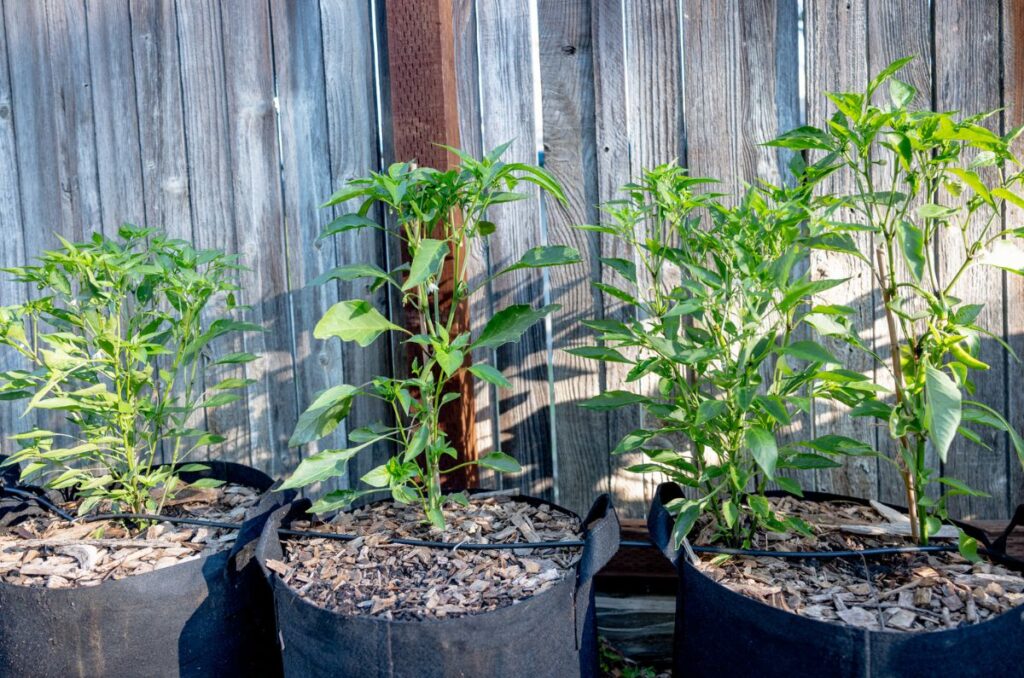
3. Peppers
Some gardeners are put off at the idea of growing peppers in containers. But I’m here to tell you that they are perfect to grow in containers.
Yes, of course they need lots of organic matter, fertility, and sunlight. Like they really need sunlight. That’s why it’s perfect to grow peppers in pots; you can move them around with the sun.
If your garden doesn’t have one spot that gets full sun (6-8 hours) every day, then you can plant your peppers in containers and just pick them up and move them around your garden with the sun.
Additionally, make sure to fertilize your container-grown peppers often. I like to fertilize with fish emulsion every time I water. Learn more about pepper fertilizer here.
Some of my favourite pepper varieties are Tangerine Dream and Big Daddy. These varieties grow to about 18-24 inches, making them perfect for container gardening.
You may have to support the plants with a stake in each container to hold up the heavy fruits.
A 5 gallon container is good to grow regular-sized peppers. But try 10-15 gallons for growing huge pepper plants.
Check out my article on how to grow peppers to learn more.

4. Eggplant
More than any plant on this list, eggplant loves the sun and heat. This makes them perfect for growing in containers.
Like I said, containers can overheat in the sun. But for eggplants, it’s not overheating, it’s the perfect weather for them to grow. They can handle extreme heat and will produce a ton because of it.
Give them all the sun and heat possible!
Eggplants are also heavy feeders, meaning they need a lot of organic matter and fertility to give you a good harvest. Make sure to add plenty of compost and organic fertilizer to the soil.
You can also fertilize your plants with a high phosphorus and potassium liquid fertilizer every time you water.
Generally, a 5 gallon container is good for eggplants, but anything larger will produce healthy plants. I like to use 7 gallons.
Some of my favourite eggplant varieties are Rosa Bianca and Patio Baby, which is a perfect variety for containers because it doesn’t grow as large as other varieties.
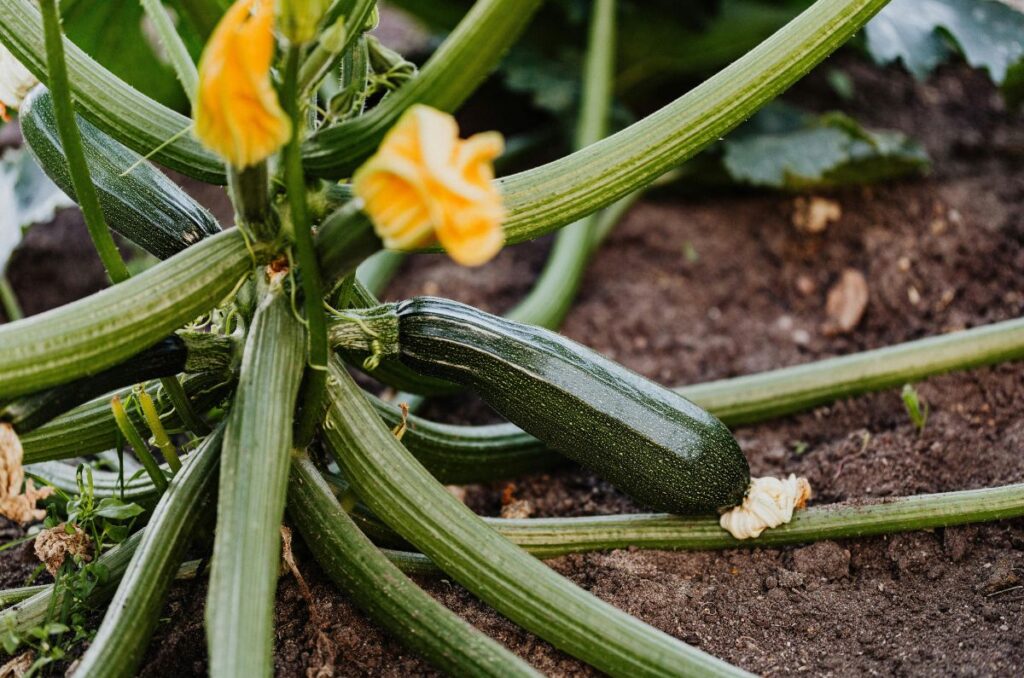
5. Zucchini
Zucchini is another water-demanding crop that can’t tolerate too much stress. But it’s still a great container vegetable option.
They don’t grow too tall, so a 5 gallon container is good for growing zucchini.
Add lots of organic matter and organic granular fertilizer to the soil before planting. Once the plants start flowering, fertilize again with a liquid fertilizer.
Zucchini is pretty prone to pests and diseases, especially powder mildew, but growing them in containers pretty much avoids these issues because they are not touching the ground.
They are not naturally vining plants, but a strong stake in the container can help to keep your zucchini plants upright while they are growing.
Check out this video from Epic Gardening about growing zucchini vertically.
Because they need so much water and can’t get a lot in containers, the easiest way to water them is from the bottom. Just fill up a large shallow container with water and put all of your container zucchini in there.
They’ll absorb the water from the bottom and the roots will be happy.
The same rule with wilting also applies. Wait until the sun passes; if they’re still wilting, then water them, if the leaves are back up, then they don’t need water.
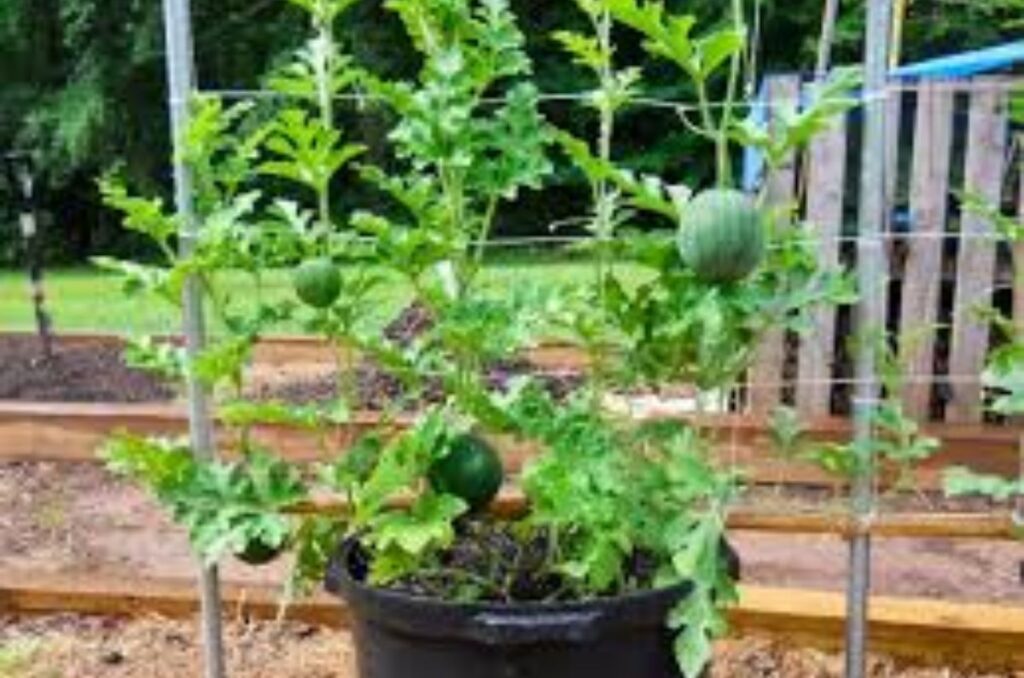
6. Watermelon
That’s right, I said it: watermelon can be grown in containers. And they don’t even need a big one, just a 5 gallon bucket is perfect.
A lot of the same care requirements of cucumbers and zucchini apply to watermelons as well. The only thing that I would change is the trellis.
There is only one widely available bush watermelon variety called Bush Sugar Baby. This variety doesn’t grow as tall as others and produces more of a bush watermelon.
But because there aren’t too many of these varieties you’ll probably be growing a vining variety, which means that they need an extensive trellis.
Using cattle panel or chicken wire to create a large trellis is a good idea.
James Prigioni talks about this in his video about growing watermelon in containers, so make sure to check it out.
He also says that we should try to grow varieties that produce smaller fruits, such as Mini Me and Gold in Gold. The fruits of these fruits are smaller, meaning they use less nutrients, space, and time to mature.
Fertilize and water often, using the same watering trick as zucchini. Place them in a large shallow container and fill up the container with water. They will absorb the water from the bottom.
But do be sure to check out the bush watermelon variety Bush Sugar Baby.
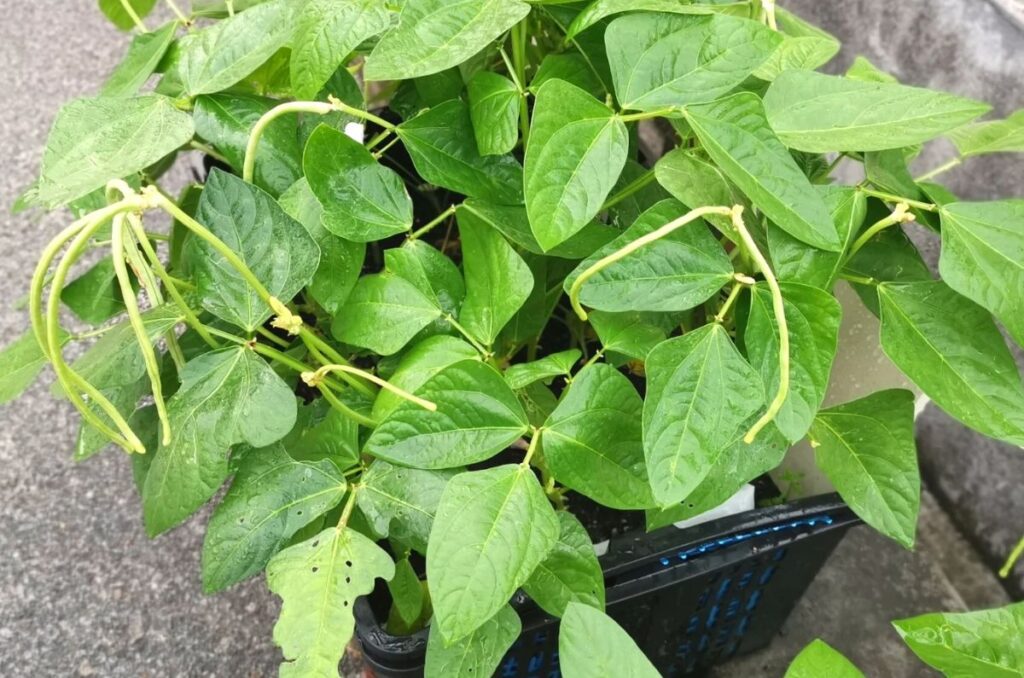
7. Beans
Beans are great vegetables to grow in containers; they don’t need a lot of space or nutrients.
They just need soil with some organic matter and it needs to be kept moist. A five gallon grow bag can grow 3-4 bush beans or 2-3 pole beans.
That being said, pole beans require some sort of trellis to support them. If you’re just growing one pot, then a stick per plant should be ok. For many pots in a row, a Florida weave-style trellis is much better.
Some of my favourite varieties are Porch Pick and Kentucky Blue. Porch Pick is especially bred for container growing, but most beans will tolerate it.
Kentucky Blue is another reliable variety that I grow all the time in my garden; you can’t go wrong with it.
Luckily for beans, they actually fix nitrogen, meaning they take nitrogen from the air and convert it into a usable form in the soil with the help of rhizobia bacteria.
But the problem with this is that this bacteria is usually not present in containers because you’re using a fresh mix every year.
So to fix this, use a nitrogen-fixing bacterial inoculant before planting your beans. This introduces the rhizobia bacteria to your containers, helping your beans to fix nitrogen for their growth.
Check out my article about growing beans from seed to learn more.
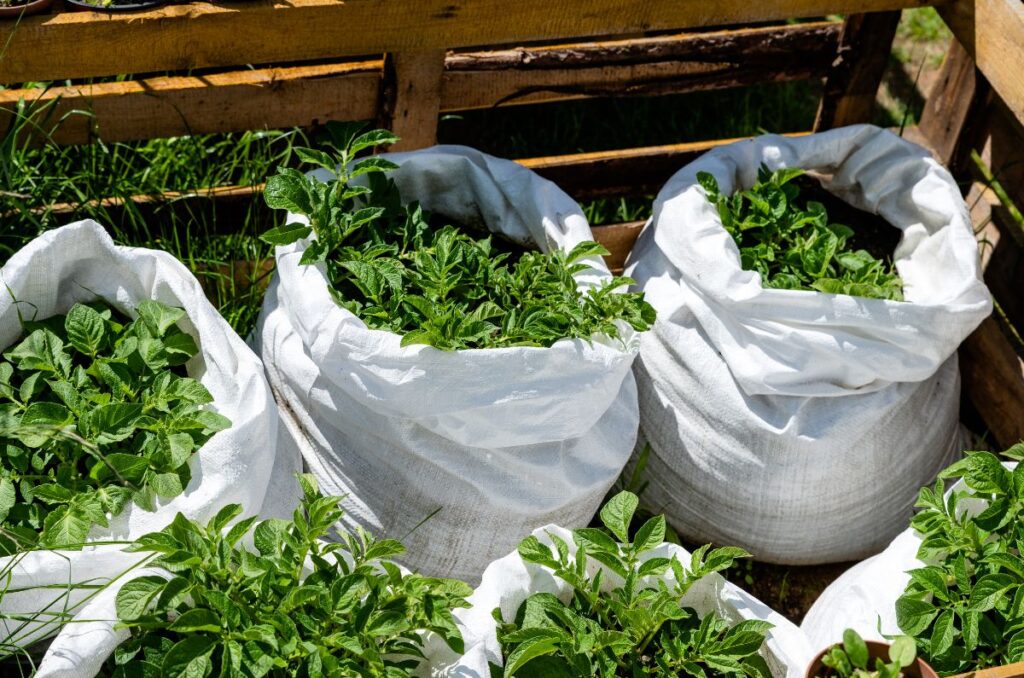
8. Potatoes
It is so easy to grow potatoes in containers, especially grow bags.
As you may know, indeterminate potatoes need to be hilled up as they grow, which means you pile soil around the stems throughout the growing season.
This can be challenging to do in raised beds and in-ground beds because the hilled soil will just wash away.
Instead, plant them about halfway up your grow bags and fold over the sides of the bags until the surface of the soil can see the sun.
This ensures that when the potatoes sprout, the sides won’t block them from getting sunlight.
Hill the potatoes once they grow about 6 inches tall and unfold some of the sides of the grow bags to allow the soil to fit in.
This is the easiest way that I have done it.
A couple of my favourite potato varieties are Yukon Gold and Carla Rosa.
Growing these varieties in containers makes them much easier to harvest. Instead of bending over and digging out every individual potato, just dump the entire container out and pick out the potatoes.
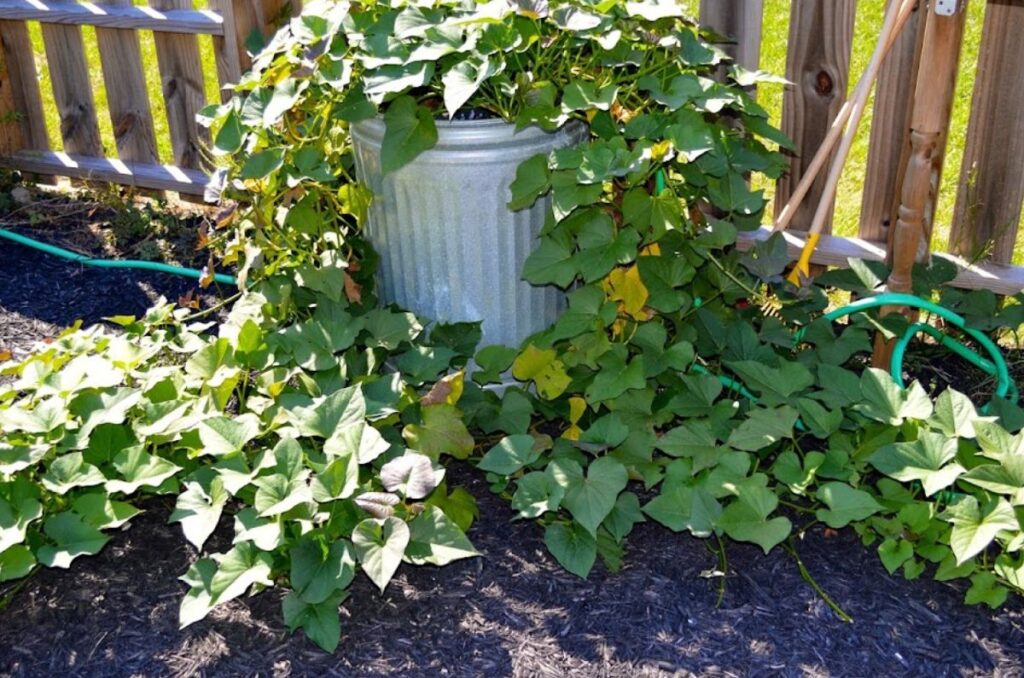
9. Sweet Potatoes
Sweet potatoes are a little bit different because they need a lot of space to grow properly. A 5 gallon container won’t be enough for the large plants.
For one sweet potato plant, use a 10 gallon container. This gives the plants enough space to grow huge tubers.
Mark from Self Sufficient Me talks about growing sweet potatoes in containers in this video.
His main points were to have a large pot like I said, to keep up with watering, and to fertilize with bone meal every 3-4 weeks.
He noted in the video that one of the main reasons why he didn’t get a good harvest was because he didn’t give the plants enough water.
I definitely agree with this because sweet potatoes are large plants and need a lot of water. But I also think he planted too many plants in that container.
He said it was about 1 cubic foot, which is around 7.5 gallons. There should have only been 1 plant in that container, but it looks like he had at least 3 or 4. This means that each plant was crowded out, causing them to produce smaller tubers.
So make sure to give them enough space to grow.
Another thing with sweet potatoes is that they love to sprawl. It’s difficult to try to contain all of that leaf mass on one trellis, so I would say just let them sprawl across the ground.
This won’t give them more diseases, it’s how they grow naturally.
Some of my favourite sweet potato varieties are Georgia Jet and Beauregard.
Frequently Asked Questions
Choosing the wrong sized pot is the most common mistake. Despite what it may look like, most plants need a lot of room to grow. Small pots and containers won’t allow for most plants to grow properly.
Yes, vegetables can be grown in plastic containers. They are some of the most affordable and available containers, and vegetables grow well in them.
Once the soil feels dry to the touch, you should water them. When it gets really hot, you may have to water your containers every day or even twice a day.
Some vegetables, like peppers and eggplant, can be fertilized with a diluted liquid organic fertilizer every time you water. For most other plants, they should be fertilized at least once every 2-4 weeks.
All of the plants on this list are meant for full sun. But for shade, you can grow radishes, lettuce, and other leafy greens in containers.
Even More Gardening Ideas
Here are a few more posts to get the ball rolling in your garden!
- Best Fertilizer for Pepper Plants
- Planting Bare Root Raspberries in Spring
- Easily Start a 5 Gallon Bucket Garden
If you liked this article, make sure to share it with your friends and family members who are also looking to sharpen their gardening skills. Also, consider signing up for our email newsletter; don’t worry, we won’t send you spam, just fresh gardening ideas every week!
If you want to learn more about vegetable gardening, check out The Real Gardener on Facebook, YouTube, and Pinterest.
Pin this post for later:
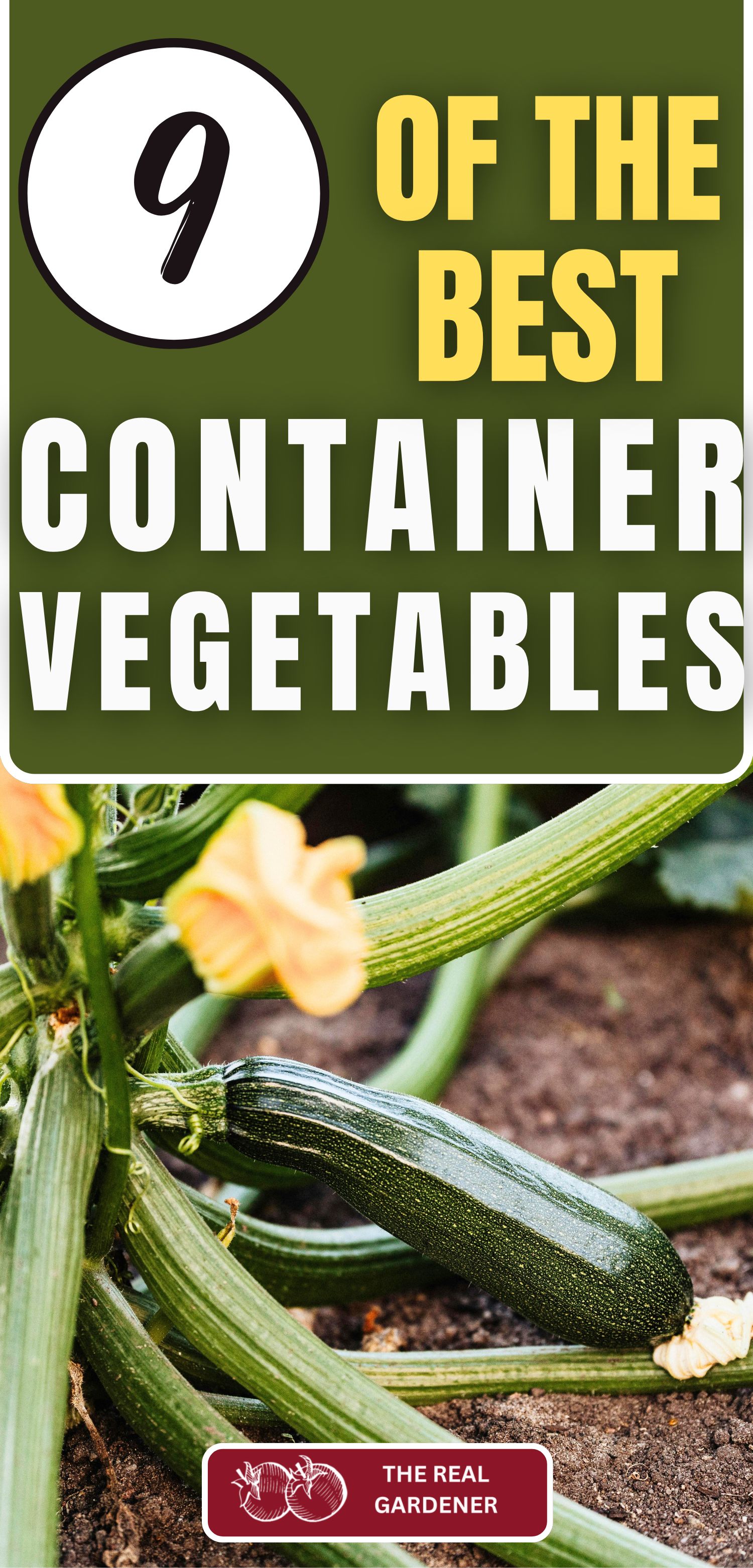
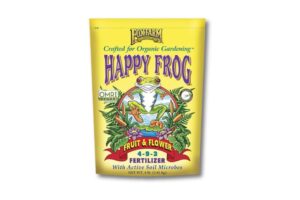
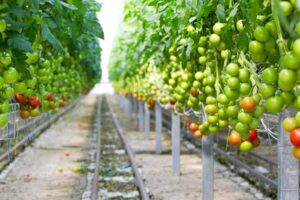
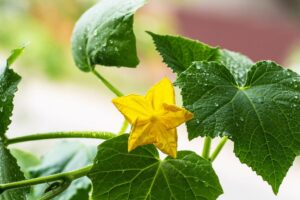
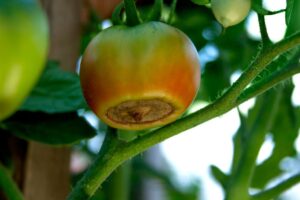
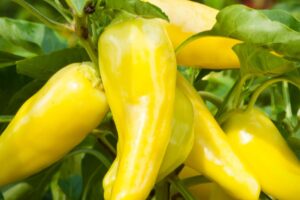
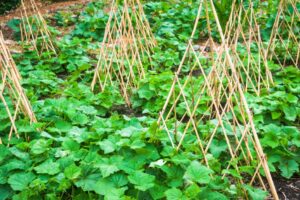

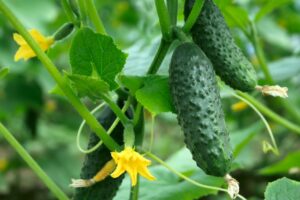
Leave a Reply